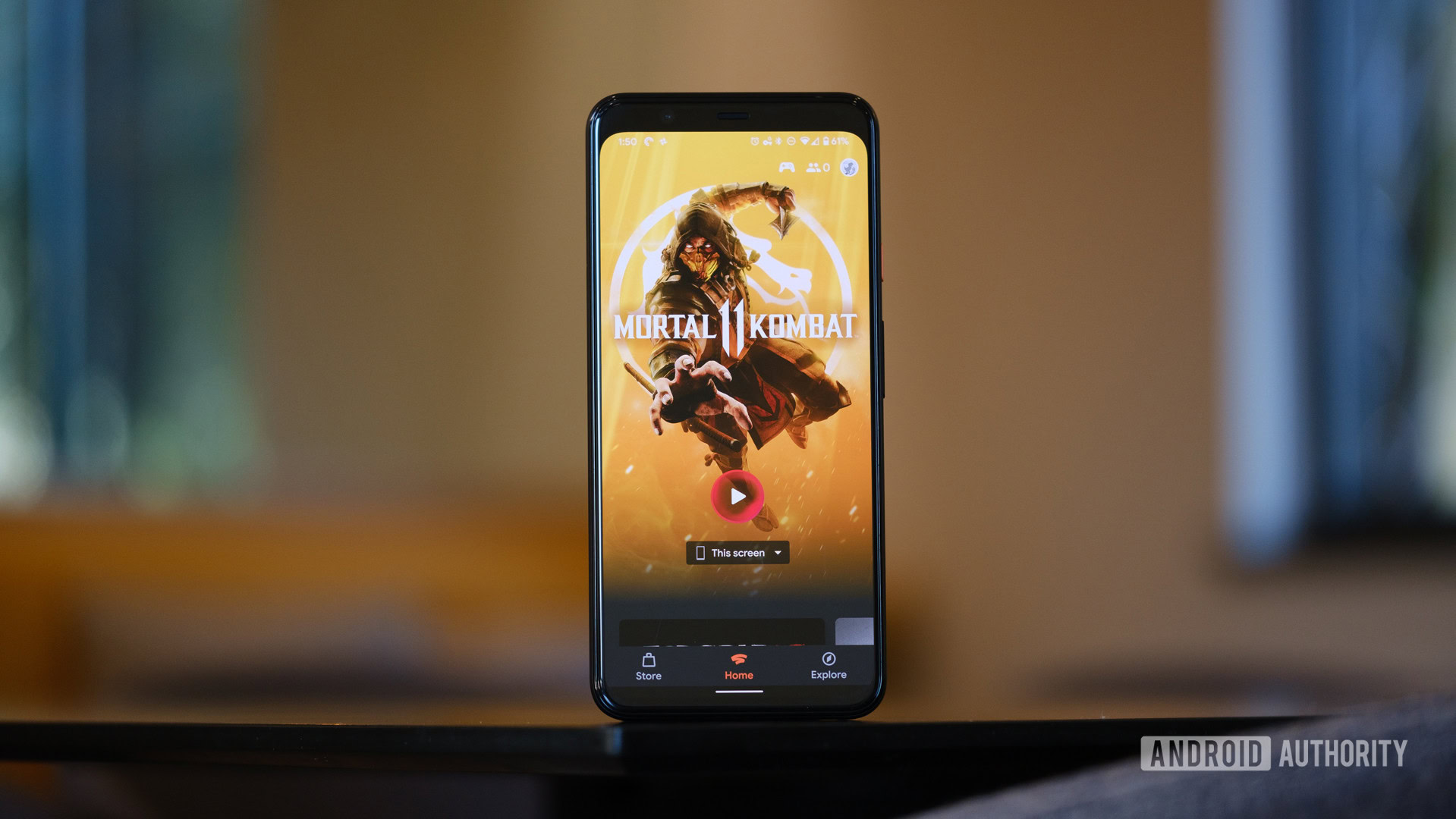
I’ve used some great Android apps over the years. Many of these still exist and find a home on my home screen to this day. However, a slew of apps have come and gone. Feeling particularly nostalgic, I donned my rose-tinted glasses and took a longing look back at some of the dead Android apps that I still wish were actively developed, listed on the Play Store, or weren’t shuttered by their owners.
Weather Timeline
Weather Timeline was well ahead of its time. Built by Buzzkill and Bouncer developer Sam Ruston, the app used plenty of Material Design UI cues, pastel tones, and simple yet functional elements. It drew its data from Dark Sky, another platform and app wretched from Android devices far too soon.
Weather Timeline’s untimely demise came in 2018 when it was sold to another firm and spliced into MyRadar. It saw a brief resurgence a year later, but the damage was already done. The app was a shadow of its former self.
I’ve since replaced Weather Timeline with several weather apps, including Meteogram and Weather Today, but no single product comes close to matching its look and feel.
Which dead Android app do you miss the most?
0 votes
Google Inbox
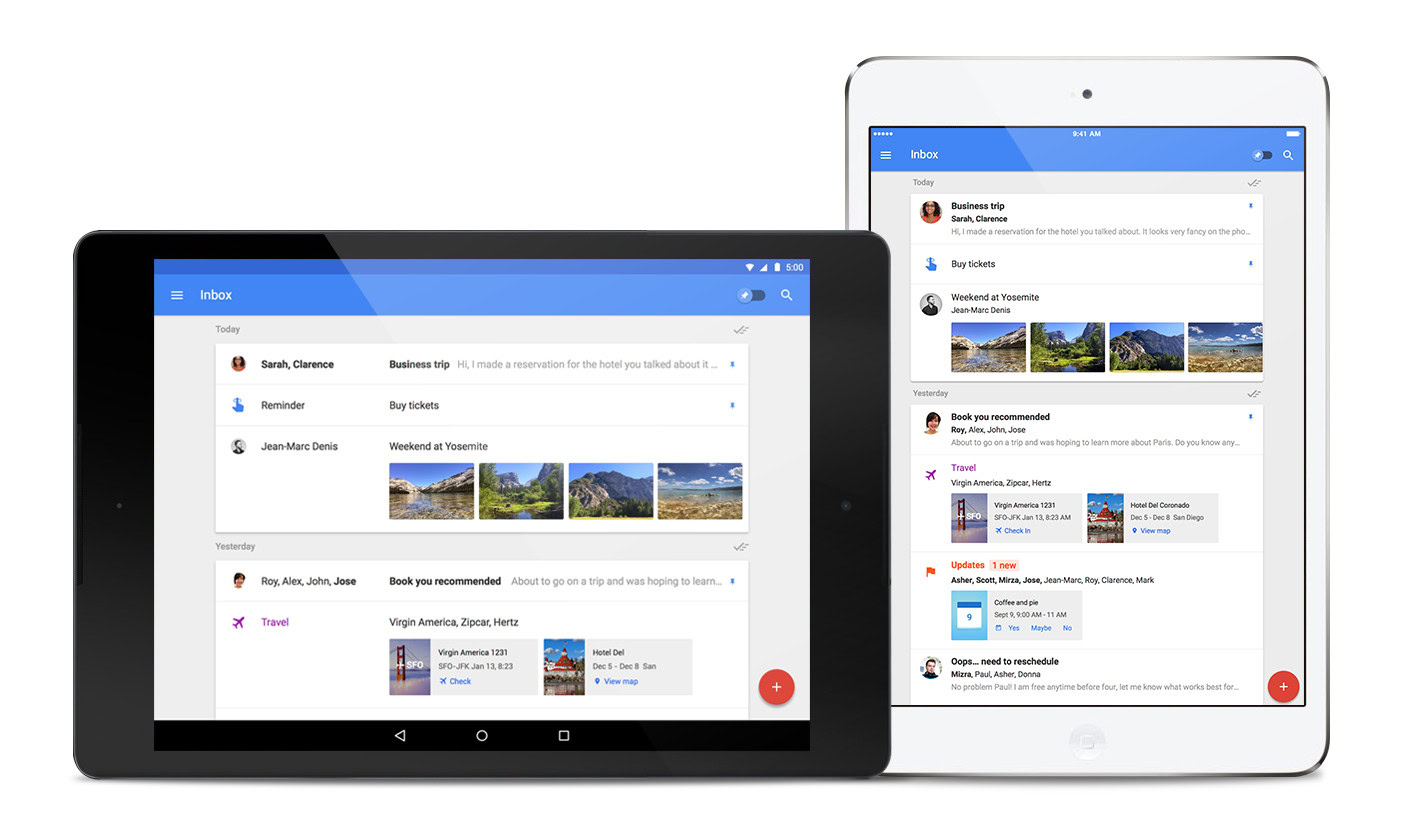
Google is well known for its growing graveyard, and plenty of dead Android apps lie within it. Google Inbox was an experimental email app that offered more management and organizational tools than the threadbare Gmail at the time. The app included smarter email categorization and bundling that intelligently placed mail in their respective cubbies. It also offered useful design elements, from its timeline email feed to its included reminder feature.
Google is well known for its growing graveyard, and plenty of dead Android apps lie within it.
Although I loved Inbox, I knew that it would probably be a short-lived venture. Inbox wasn’t ever going to coexist with or usurp Gmail, and it took the fall in 2019. However, we do have to thank Inbox’s service, as many of its features now exist in the modern Gmail app.
Google Trips
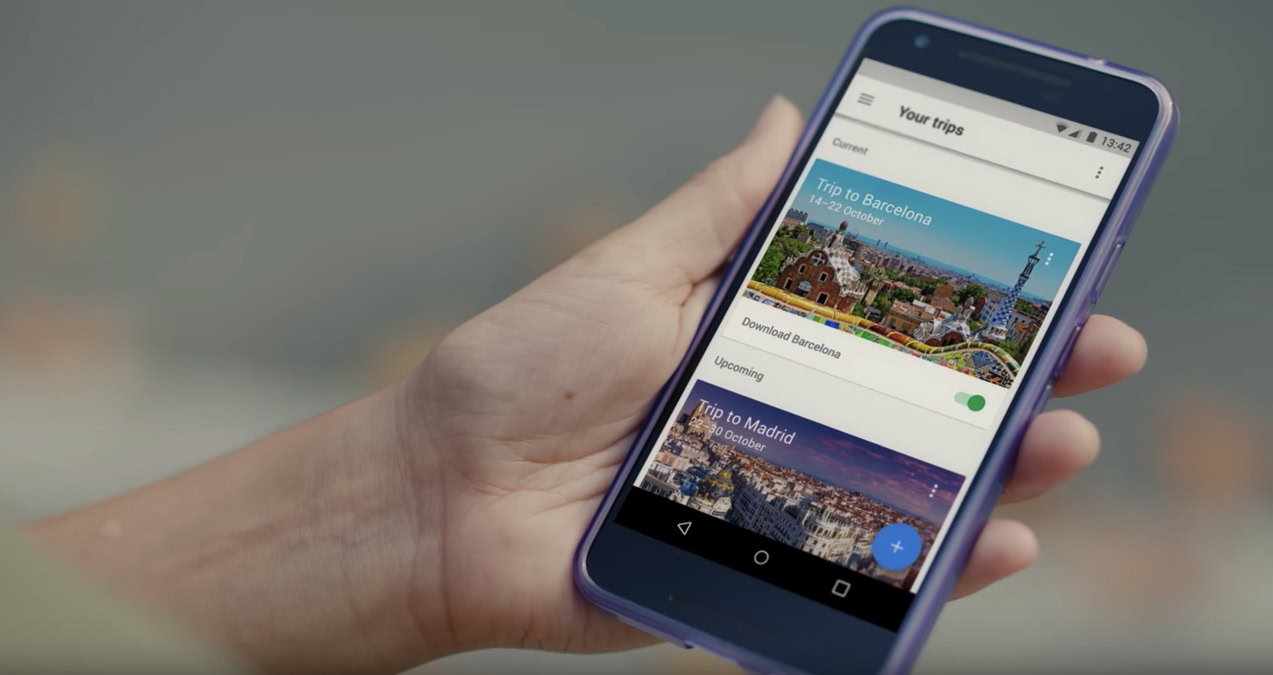
Google Trips was one of my favorite Android apps. Ever. I didn’t travel often, but when I did it was as essential part of my digital go-bag.
It was a smart travel manager that leveraged its relationship with Gmail and Google Maps to organize your trip information, travel documentation, and booking details under one roof. Trips also offered users suggestions on where to visit or eat. More importantly, it worked offline.
Trips wasn’t really spun off into any other Google property after its demise in 2019. That’s a shame, because it doesn’t have a de facto successor.
IntoNow
Google wasn’t the only company taking names and kicking apps in the 2010s. Yahoo once had plenty of great products under its mobile umbrella, including Aviate Launcher and IntoNow, an innovative social media app specifically designed to complement the show or movie you were watching at the time. Its biggest selling point was its ability to recognize the content you were watching with its nifty audio recognition tech, making it something of a Shazam for video content.
The app wouldn’t live long enough to see the golden era of streaming content, though. Yahoo effectively bought it in 2011 to bolster its technology stores and shut it down three years later.
Sunrise Calendar
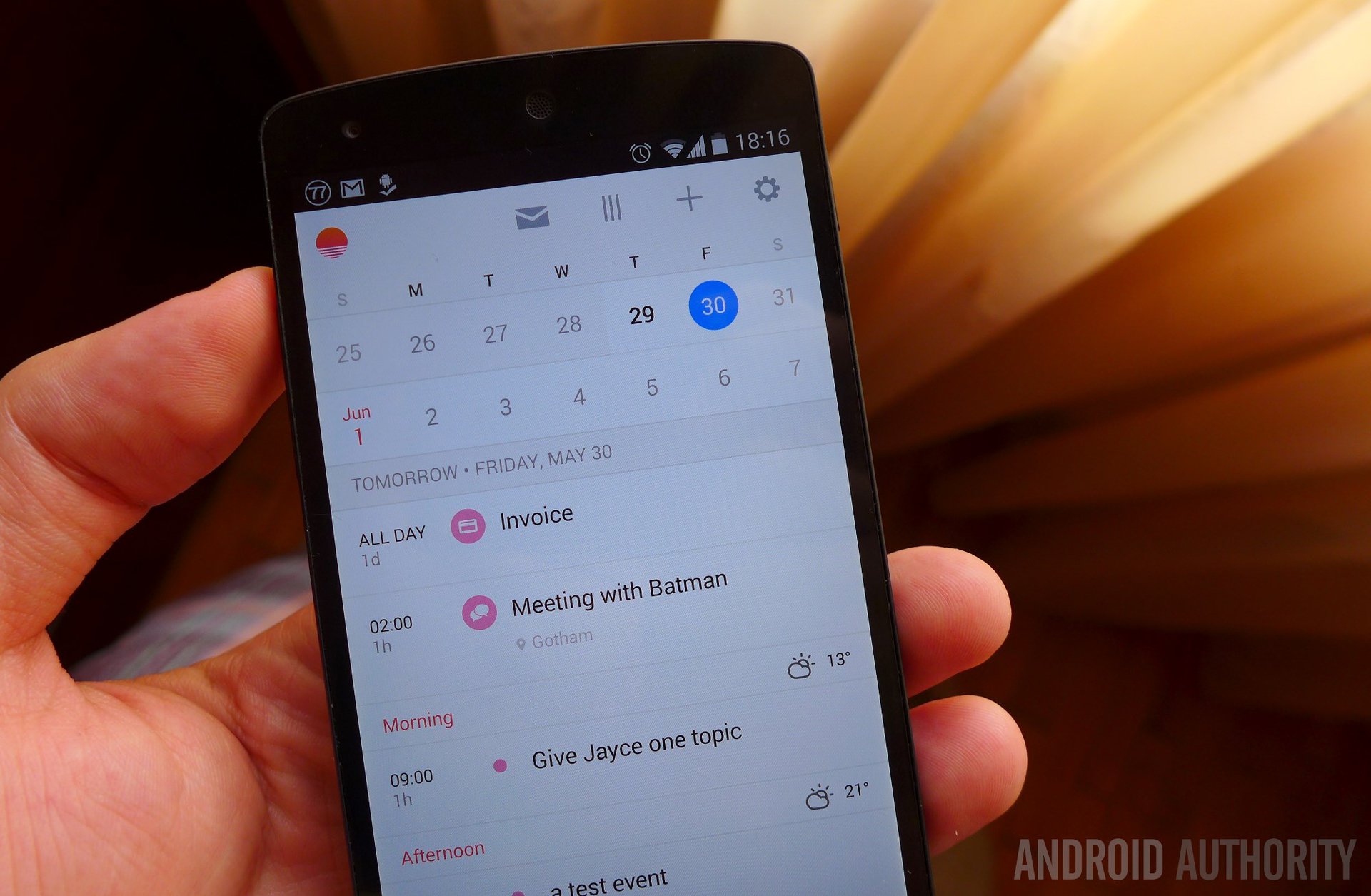
Sunrise Calendar was a great calendaring app. It offered broad support for services and formats and packed a pleasant early Material Design-inspired UI. It boasted snappy performance, featured broad third-party app and service support, and had a web interface to take it beyond the small screen. Everything worked without issue.
Sunrise would become a victim of its own success. It was snapped up by Microsoft in 2016 and faced its demise soon after, all to fuel Microsoft Outlook’s new mobile revision.
Flamingo for Twitter
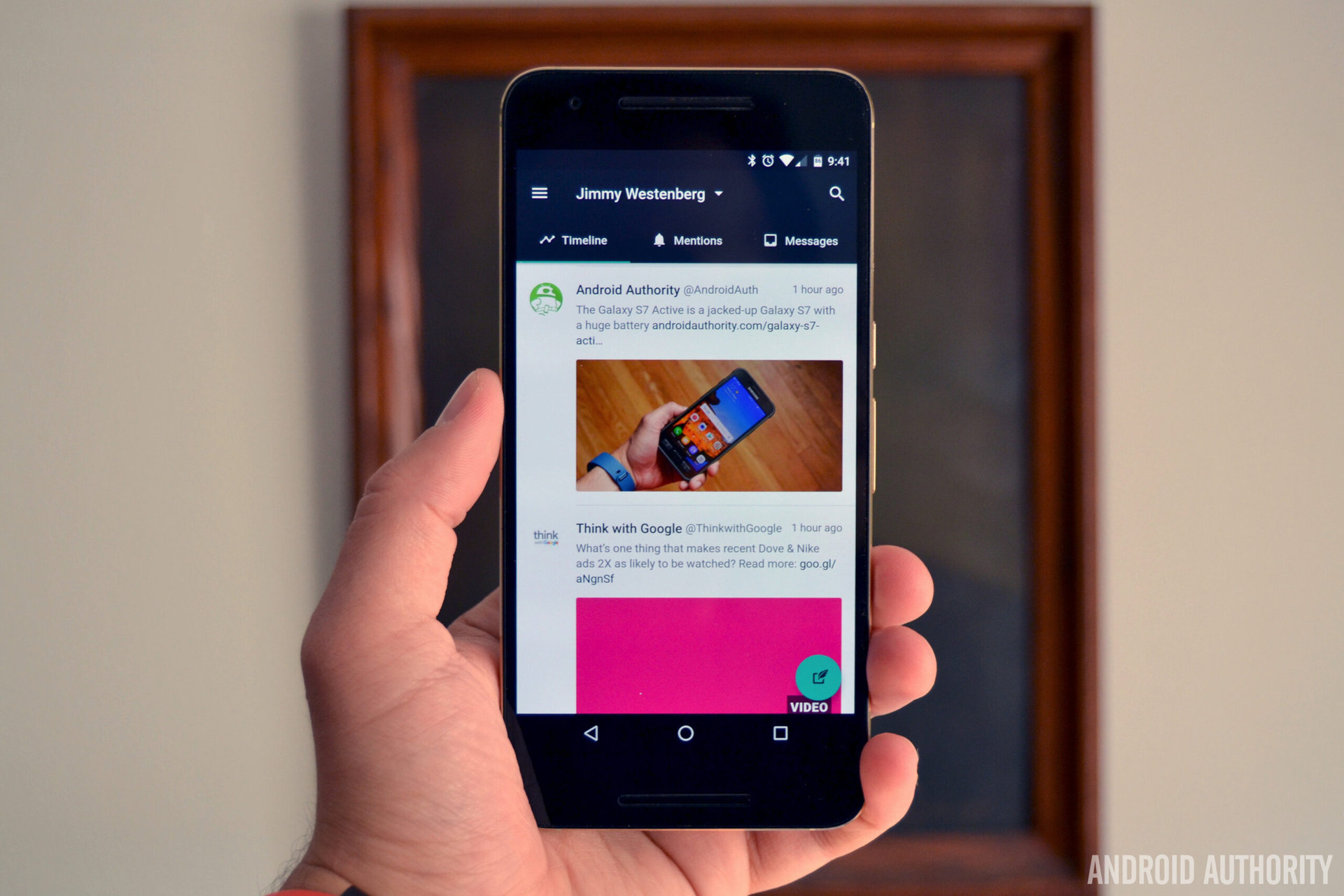
Remember when third-party Twitter apps were a thing? It feels so long ago now. I couldn’t quite settle on a favorite, often defaulting to the stock app for its ease of use. One app that I do remember fondly is Flamingo — another project from the Weather Timeline developer.
It’s worth noting that not every silly decision Twitter ever made came after it changed its name to X. In 2012, the company implemented a restriction limiting the number of users who could access third-party apps. Flamingo, launched in 2016, was massively hampered by this.
Remember when third-party Twitter apps were a thing? It feels so long ago now.
Although the app boasted a clean design with plenty of customizations and a Material Design-friendly face, a hover preview mechanic like modern Instagram, and multiple account support, it never did overcome that Twitter restriction.
The app was unpublished from the Play Store in 2018, effectively killing it for new users.
Google Play Music
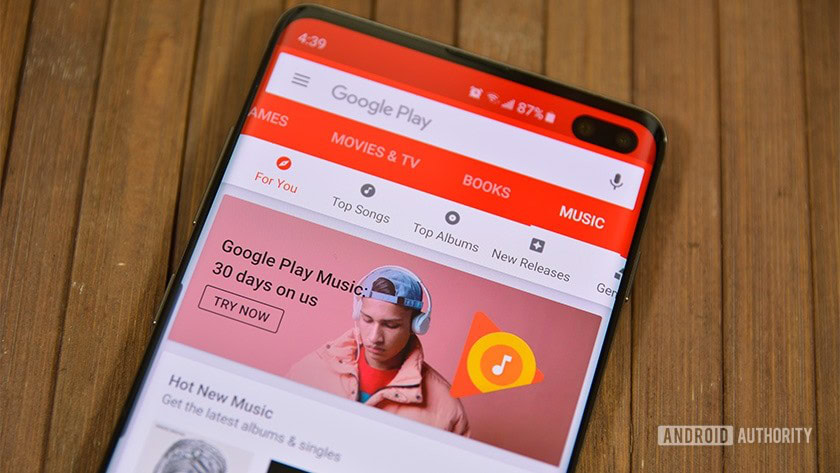
Here’s a divisive one. Many people now love YouTube Music, but many others, including myself, still reminisce about Google Play Music. Its vermillion borders, swift UI, and lack of video made it my music platform of choice in the late 2010s.
Sure, the app had its issues. Its UI was dated, but like an old, rusty car, it was mostly functional. It only needed a rebrand and refresh. Instead, we got an entirely new app that launched without polish and an annoying habit of toying with my YouTube watch history.
Four years later, the situation has thankfully changed. YouTube Music is now a more focused platform, but Google failed to retain many legacy Play Music users.
Wunderlist
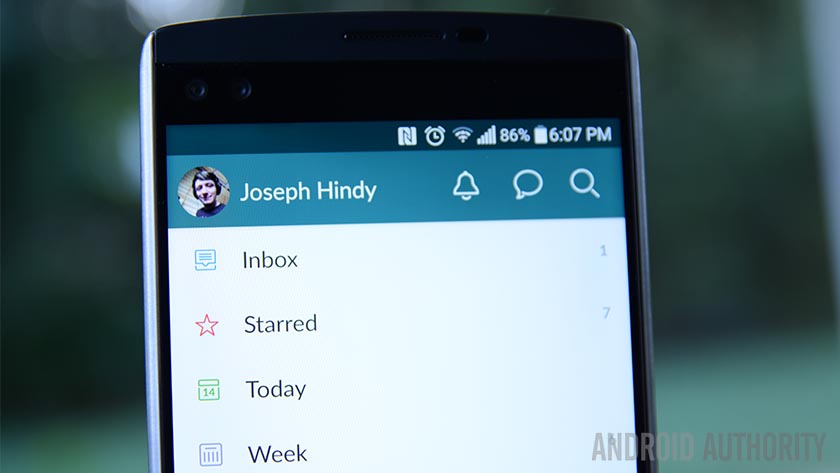
Wunderlist was one of Android’s best task management and to-do list apps in the mid-2010s. It offered all the features you’ve come to expect on these apps nowadays, from its folder organization features to sublists and real-time sync with various platforms.
Prior to its Sunrise catch, Microsoft snapped up the property in 2015, but the app remained in limbo for the next four years. Eventually, the Redmond company called time on Wunderlist’s existence in 2020.
Wunderlist would go on to heavily inspire Microsoft’s pretty great To-Do app, so this story has a somewhat happy ending.
Fluid Navigation Gestures
Fluid Navigation Gestures is an app I came across later than I care to admit. It improved older Android versions’ static button navigation method, providing swift and nifty full-screen swipe gestures. It also included various other swiping gestures and zones, with support for swipes from the sides of the phone screen, to swipe and hold shortcuts, too.
I still use this app daily. Thanks to muscle memory, I actually struggle to use a device without it. However, it’s effectively abandonware, with its last update pushed back in 2019.
It’s still listed on the Play Store, and you can still download it, but be well aware that it’s no longer being maintained.
Dark Sky
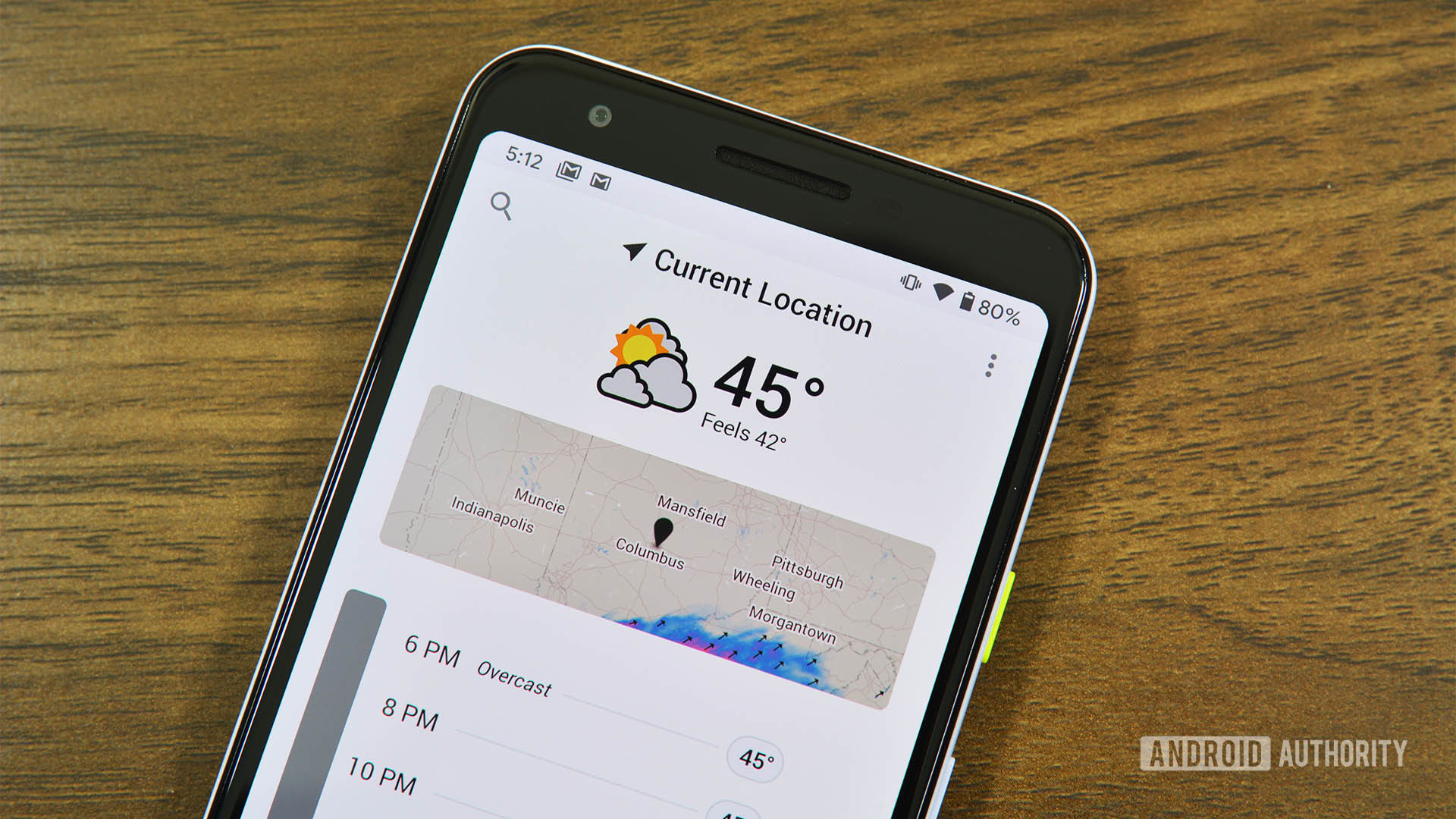
Back in 2016, few weather providers offered more accurate data than Dark Sky (at least in my experience).
The platform also had its own Android app, which included many smart UI elements that made it easy to grasp many weather conditions with a quick glance. It demanded a subscription for minute-by-minute forecasts, but that wasn’t the reason for its demise.
Back in 2016, few weather providers offered more accurate data than Dark Sky.
In 2020, Apple added Dark Sky to its iOS family. While the Cupertino company is usually happy to share its toys with Android, it wanted Dark Sky all to itself. The app soon joined the dead Android apps club, leaving many users who relied on it for forecasts high and dry (or soaked, depending on the conditions).
While the app is dead, it lives on as a weather provider. You can still access its data from select third-party apps on Android.
Nokia Z Launcher
Nokia Z Launcher was ahead of its time in so many ways, from its clean aesthetic that focused on minimalism to its nifty write-to-search functionality. It stood apart from major alternative launcher options at the time, like the venerable Nova Launcher.
Perhaps it was a little bit too unique, considering that its development tapered off just two years after landing on the Play Store. Although it coincided with Microsoft’s purchase of Nokia’s smartphone division, I don’t think we can blame Redmond entirely for this one.
Some people refuse to let Nokia’s innovation rot in the dead Android apps pile. A third-party reimagination dubbed ReZ Launcher lives on, while plenty of other modern launchers, like Niagara, also draw inspiration from it.
Titanium Backup
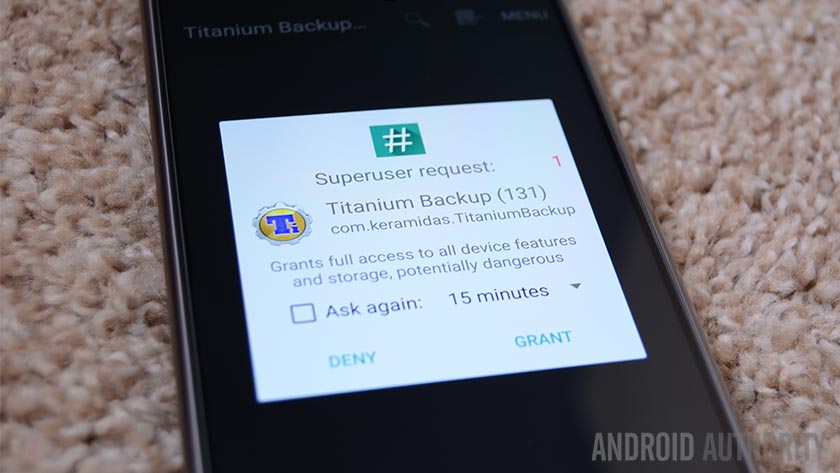
While composing this list, I thought Titanium Backup was still alive and kicking. But after one colleague suggested adding it to this list, I checked the Play Store listing. And yes, even though it’s still listed, the app was last updated in 2019.
Titanium was once the best way to back up your Android phone when the platform lacked reliable backup and restoration features. Users could create a shadow copy of their device, from apps to Wi-Fi details, and save that backup to a third-party cloud storage service. It remains popular with the rooting community but is no longer a necessity for modern stock Android.
Unlike many apps struck down in their prime, Titanium’s demise was far less graceful. Slowly, it faded into obscurity with the prevalence of split APKs and the emergence of better solutions.
Google Stadia
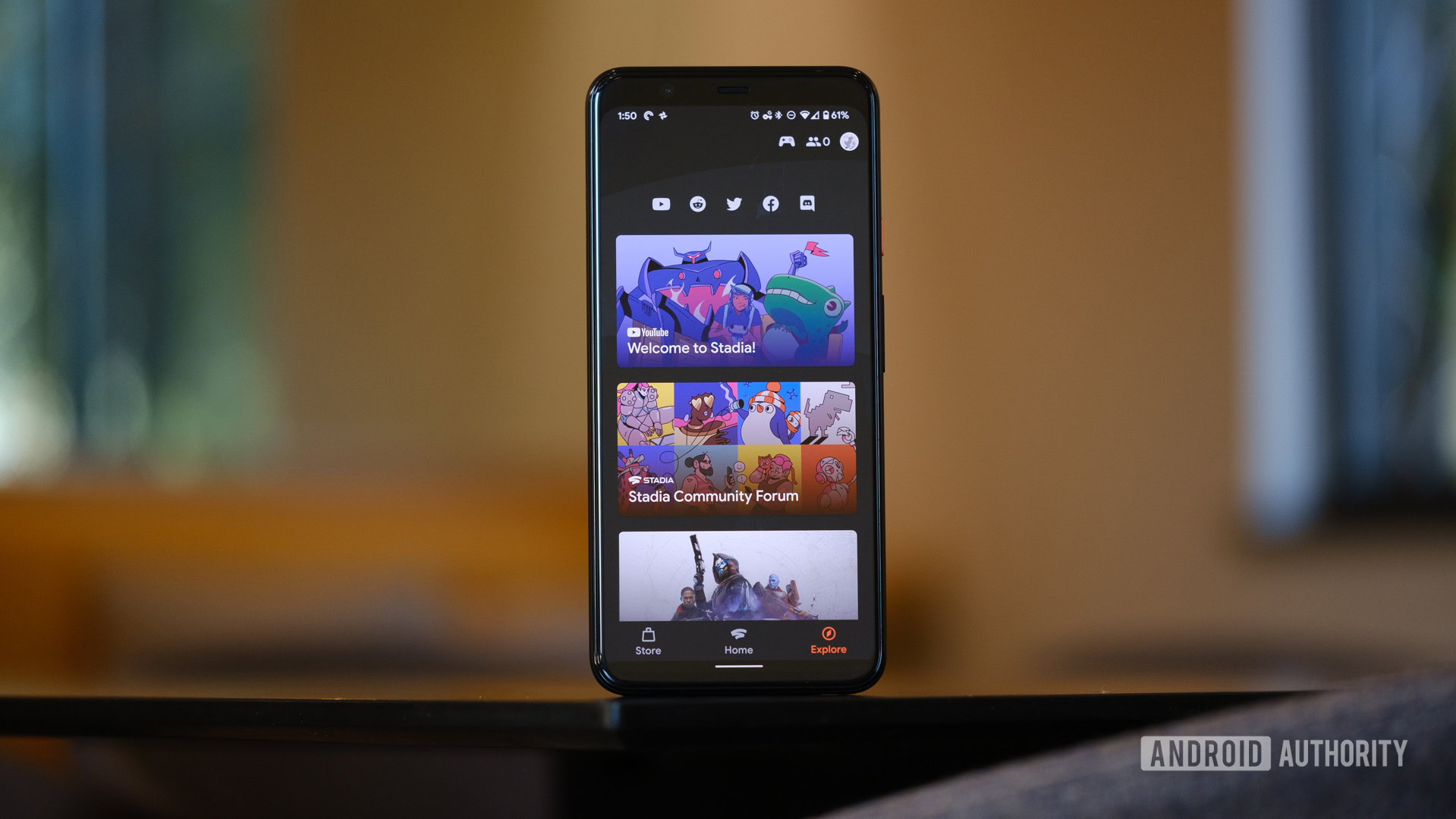
We can add Google Stadia to Google’s tall dead Android apps pile. The cloud gaming service showed so much promise, allowing users to play AAA titles from practically any screen. The concept was excellent, but the execution lacked polish and a core user base.
Stadia as a service was killed off in 2023 — five years after it debuted as a closed beta — and with it went the app. Granted, I personally don’t miss Stadia. As Google doesn’t service my country, I never got the chance to use it. However, plenty of my colleagues still lament its demise.
Third-party Reddit apps
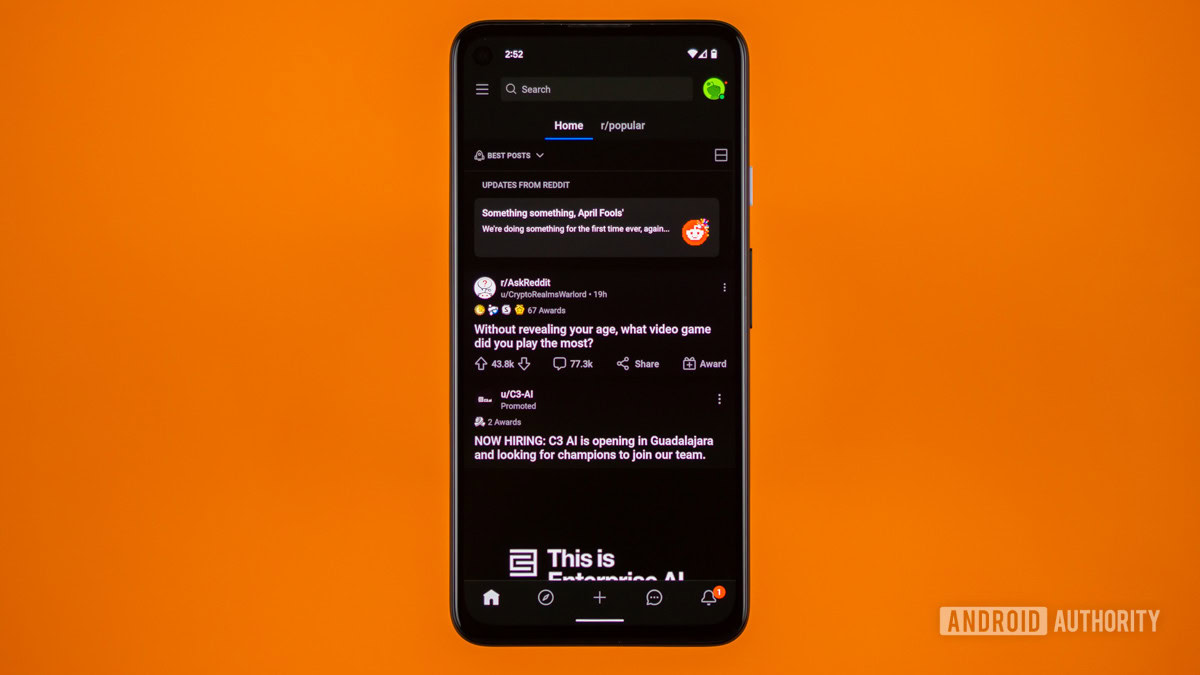
Edgar Cervantes / Android Authority
A few years ago, before the great Reddit API gaffe of 2023, there were many incredible third-party clients that made the social media platform one of the best on the internet. My personal favorite was Joey. It offered a nifty theming system, plenty of customization options, and ad-free presentation all backed by an active, committed developer.
Many of my colleagues used other Reddit clients, like Sync, Boost, RIF, and BaconReader, but all of these are now dead, thanks to the company’s restrictive API policies.
While some Reddit clients still exist, including the totally terrible stock app, browsing the platform on mobile just isn’t the same.
Those were some of the dead Android apps I still think about from time to time. Do you have any apps that you miss? Be sure to let me know in the comments below.

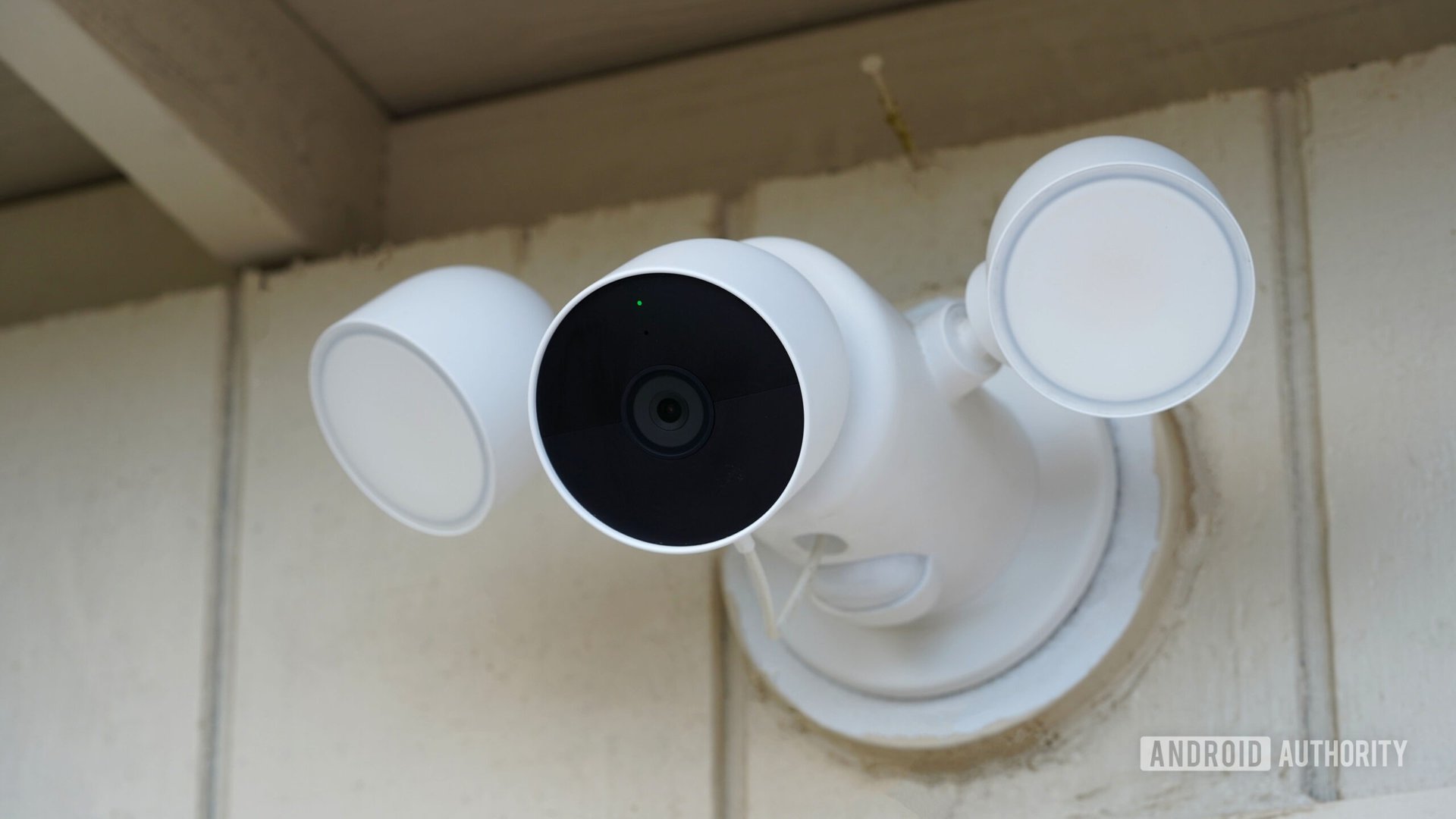
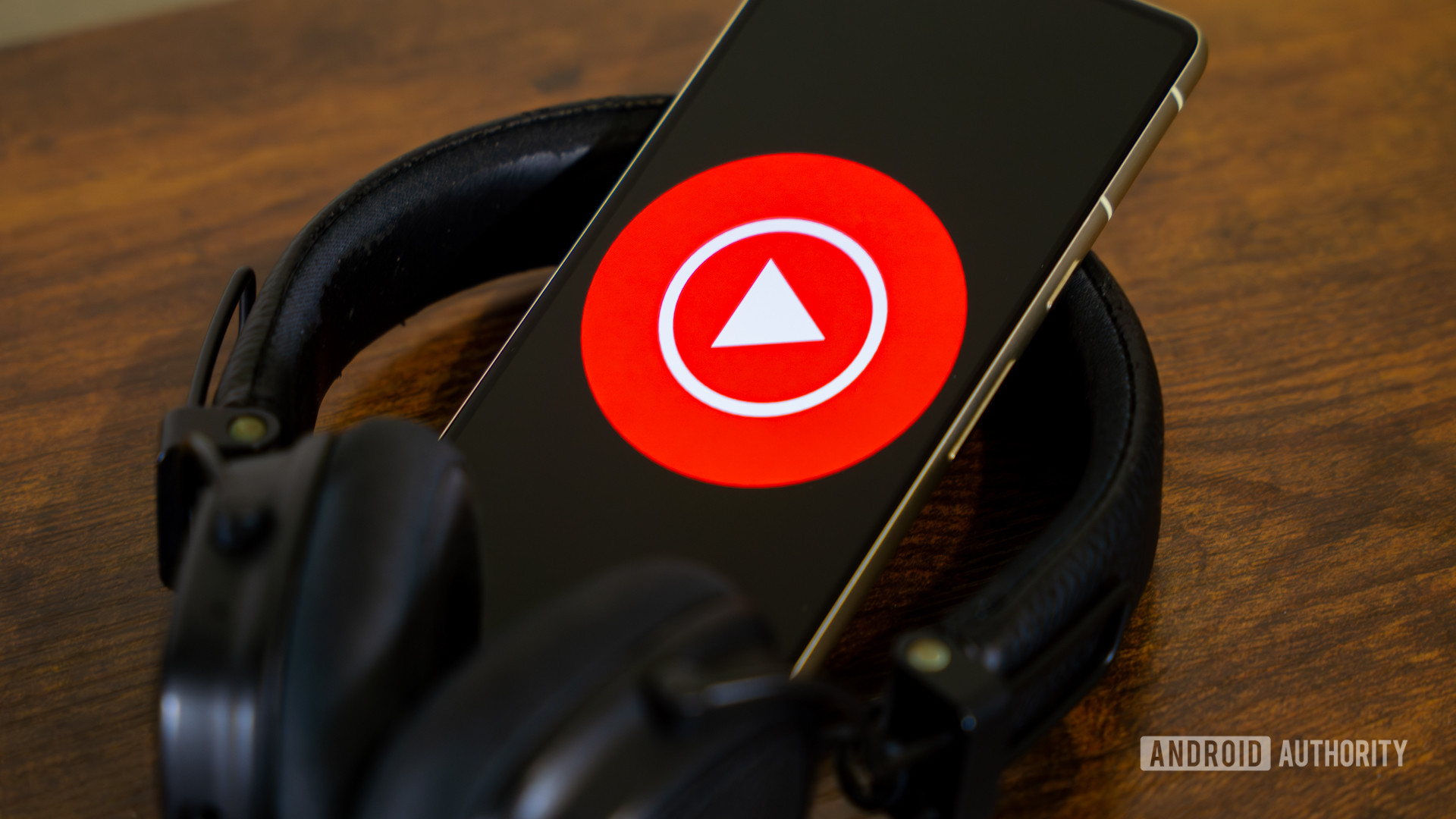
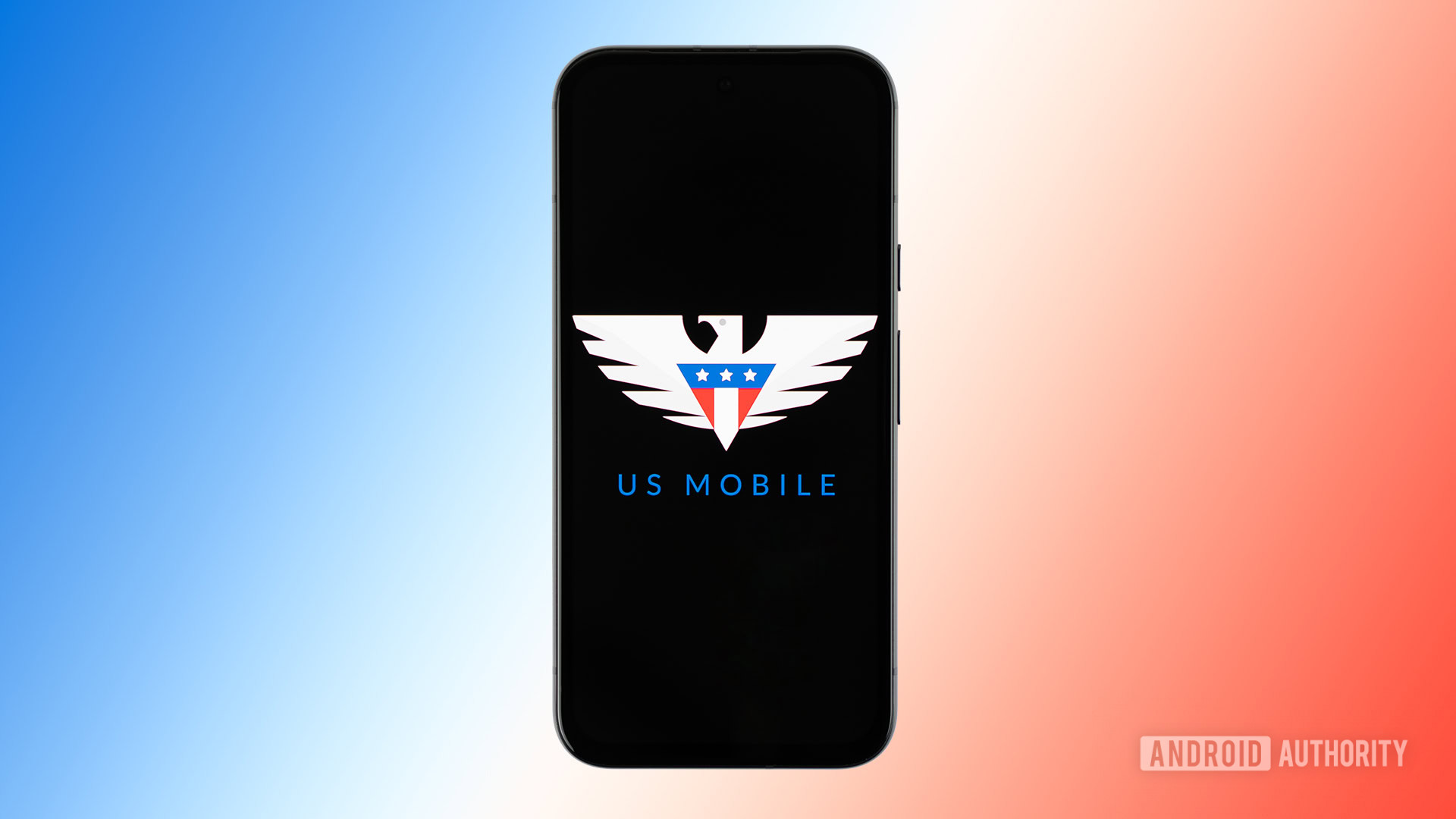




 English (US) ·
English (US) ·